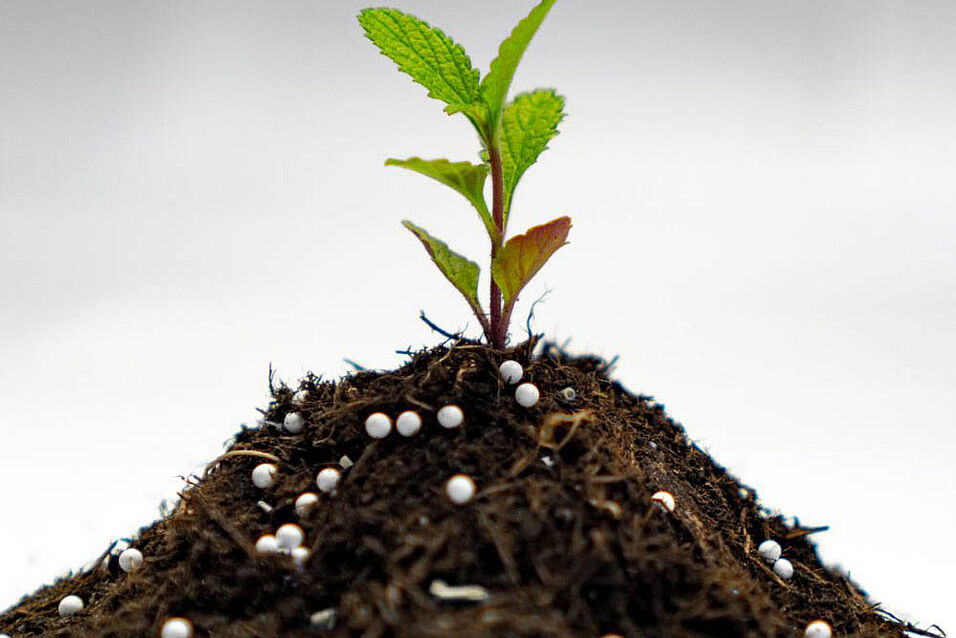Common agricultural practices play a great role in plastic pollution of agricultural land: fertilizers such as compost manure or sewage sludge and the remains of agricultural mulching foils carry large quantities of plastic particles, so-called macro-, micro-, and nanoplastics, onto farmland – and with them pollutants. “Plastic always contains so-called additives that ensure certain properties, durability or even the colour of a polymer. In addition, contaminants such as pesticides or pharmaceutical residues may become adsorbed to the plastic particles,” explains Stephanie Castan, co-lead author of the study and PhD student at CMESS. The plastic particles eventually release these pollutants into the environment. The research team analysed when they do so by reviewing the common assumption that the plastic particles could transport the pollutants all the way to the groundwater. To this end, they calculated the so-called Damköhler number that expresses the ratio between transport and desorption time scales. Comparing the calculated scenarios to measured data from literature, the researchers found no evidence that plastic particles are significant carriers for pollutants. “With this we are by no means saying that nano- and microplastics in agricultural soils are harmless,” says Thilo Hofmann, head of the study and research group. “Rather, we are showing where the real problem of these pollutants bound to plastic particles lies: they do not end up in groundwater, but in the upper soil layers. Here, they can potentially be taken up by crops and microorganisms and subsequently also enter our food.” In a follow-up study, the EDGE team aims at determining whether crops can actually absorb the pollutants through the soil.

